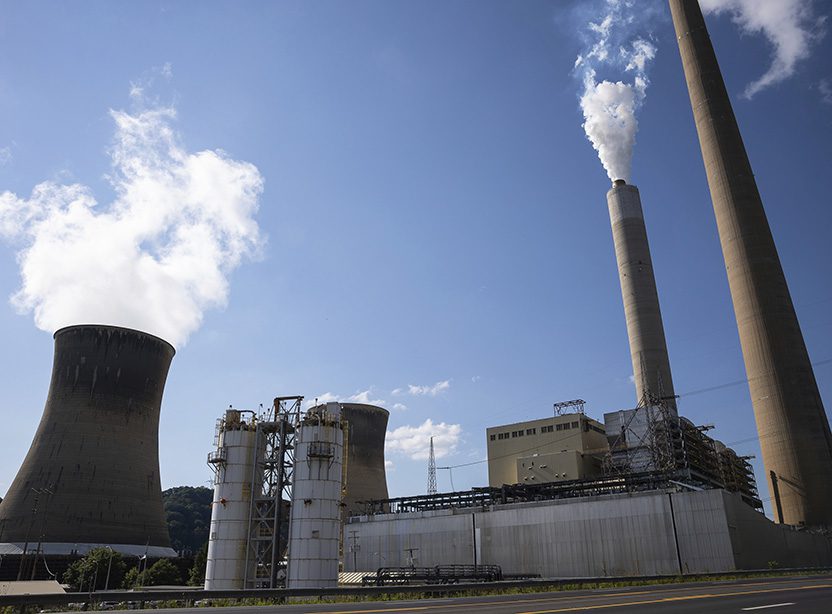
A tax on carbon has been widely touted by economists as the most economically efficient way to reduce greenhouse gas emissions and combat climate change.
But new research by Haas energy economist Severin Borenstein and Ryan Kellogg of the University of Chicago challenges that long-held orthodoxy. Policies such as clean energy standards and subsidies may be as effective—or even more effective—in the electricity sector, which is of growing importance as vehicle and building electrification become a central strategy in fighting climate change.
“We hope this research will end the mantra among some environmental economists that carbon taxes are always the best mechanism to reduce emissions—and the extreme view that a carbon tax will solve the problem entirely,” says Borenstein, a professor of the graduate school at Berkeley Haas and faculty director of the Energy Institute at Haas.
The electricity sector last year accounted for nearly a third of U.S. carbon emissions and about 61% of that electricity comes from burning fossil fuels (coal and natural gas).
The industry is under pressure to drastically cut greenhouse gas emissions. Economists have argued that a tax on carbon would hit the heaviest polluters hardest, forcing coal plants to clean up or shut down and making electricity more expensive—which, they theorize, would drive people to conserve.
But the researchers’ analysis questioned whether these are actually major advantages for a carbon tax. First, coal plants are likely to be significantly more expensive than natural gas plants to operate going forward, so the development of new renewables under a clean energy standard or subsidy are also likely to drive out coal power first.
Second, over half of U.S. consumers already pay more for electricity than the full societal cost, including the cost of greenhouse gases and other pollution. That’s because electricity bills are marked up above the actual cost of supplying power, with extra charges to pay for utility infrastructure, environmental initiatives, support for low-income customers, and other costs that don’t don’t decline even when people reduce consumption.
In contrast to a carbon tax, clean energy subsidies—such as the tax credits and other incentives for clean energy producers in the $370 billion Inflation Reduction Act—have the additional benefit of lowering electricity prices, which in most parts of the country will move them closer to the true societal cost.
“Carbon pricing is still a powerful tool, but this shows it’s important to think through the full context in which we’re doing greenhouse gas regulation,” Borenstein says.